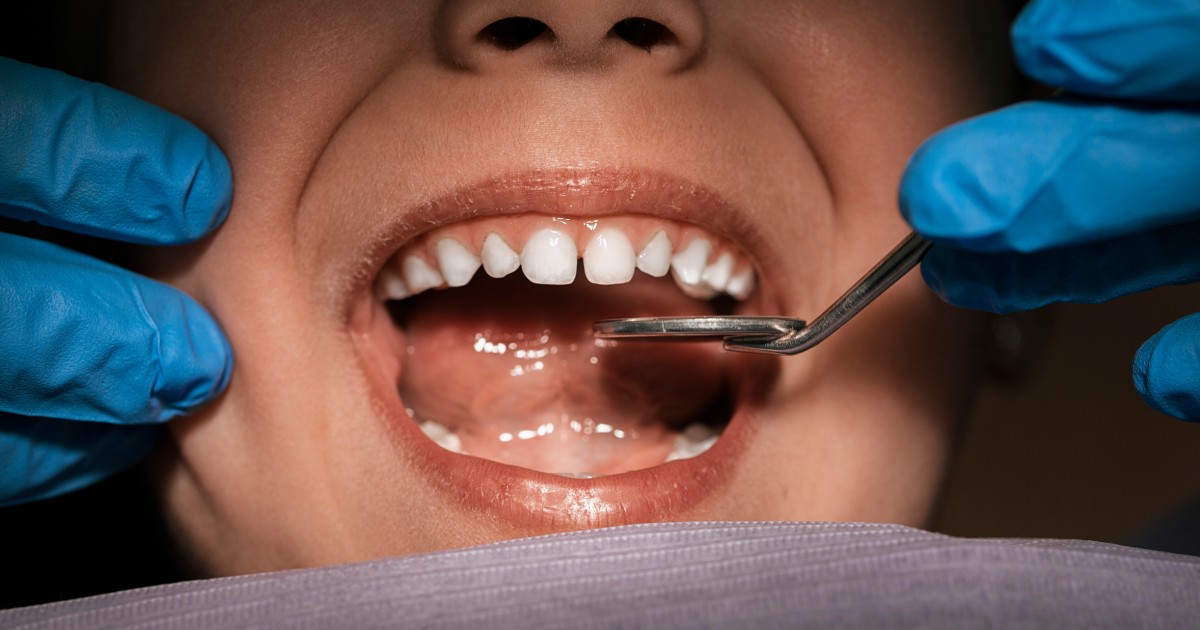Study Warns of Health Risks from Banning Fluoride in US Water Supply
A new analysis predicts a significant rise in cavities and dental costs if fluoride is banned from public water systems in the US.
Subscribe to unlock this story
We really don't like cutting you off, but you've reached your monthly limit. At just $5/month, subscriptions are how we keep this project going. Start your free 7-day trial today!
Get StartedHave an account? Sign in
Overview
A recent study published in JAMA Health Forum estimates that banning fluoride from US public water could lead to 25.4 million additional cavities in children over five years, costing families $9.8 billion. The analysis highlights that low-income families would be disproportionately affected, with a predicted 7.5% increase in cavities among children. The study's authors emphasize the public health benefits of fluoridation, countering claims made by critics, including Health Secretary Robert F. Kennedy Jr., who advocates for its removal. The findings underscore the importance of maintaining fluoride levels to prevent tooth decay and associated health costs.
Report issue

Read both sides in 5 minutes each day
Analysis
- The articles warn against the dangers of banning fluoride in public water systems, particularly for children's dental health.
- They highlight the financial implications of increased dental issues, estimating costs in billions if fluoride is removed.
- The overall tone is critical of the anti-fluoride movement, emphasizing the need for continued fluoridation to protect public health.
Articles (3)
Center (2)
FAQ
As of 2022, approximately 72.3% of the U.S. population connected to community water systems receives fluoridated water, which accounts for about 62.8% of the total U.S. population overall.
Community water fluoridation reduces cavities in children by 40 to 70 percent and tooth loss, providing significant oral health benefits and reducing dental treatment costs.
The ban could lead to an estimated 25.4 million additional cavities in children over five years, resulting in an additional $9.8 billion in dental costs for families.
Low-income families would be disproportionately affected, with a predicted 7.5% increase in cavities among children in these groups.
The study emphasizes the public health benefits of fluoridation in preventing tooth decay and associated costs, countering critics who advocate for fluoride removal by highlighting the significant rise in cavities and costs that would result from such a ban.
History
- This story does not have any previous versions.



